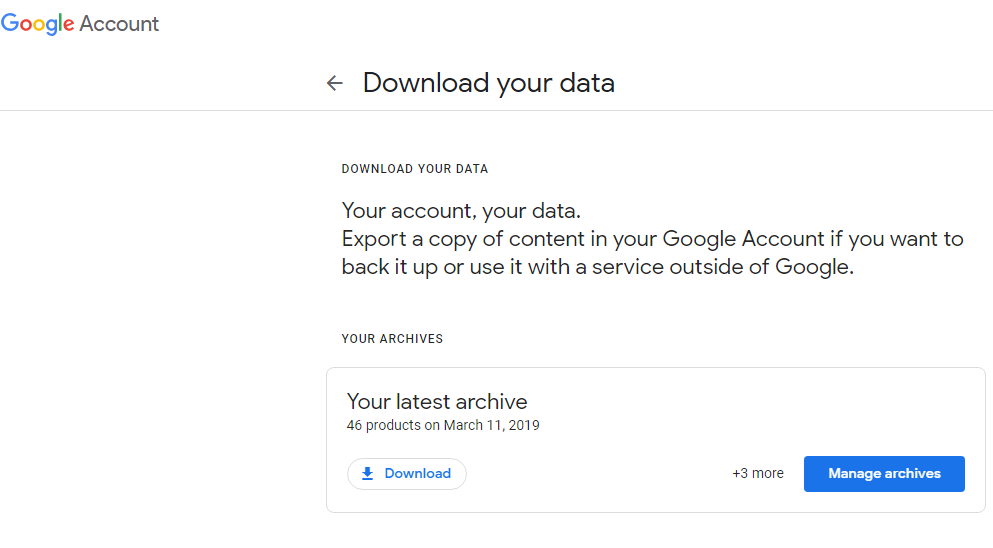
I'm sure you may have experienced at least once where your phone runs out of storage space and you check what's taking so much storage, you find something like the following: In case you're wondering, this list of apps is sorted in descending order of storage utilizationĭespite the best of my efforts at trying to be prudent with my WhatsApp media downloads, WhatsApp still takes up 18GB of storage. No amount of positivity will make up for the loss of storage for this Storage woes Particularly detestable are "Good Morning" images that are sent by the same individuals in multiple group chats, resulting in media duplication and serves no purpose other than to take up precious storage space on my phone and thereby shortening its effective lifespan. The Age of MediaĪs much as I'd like to praise WhatsApp for their pivotal role in changing the way we connect with others, WhatsApp has also been the bane of all smartphones, especially so in the last few years as people generated more and more media per day. With the advent of WhatsApp and other cross-platform multimedia instant messaging services, it became so easy to send photos, videos, and audio to someone else that we've forgotten how annoying it was to do so just slightly over a decade ago. Even today, it costs a whopping S$0.35 (US$0.26) to send a single MMS in Singapore. On mobile we had the SMS (Short Message Service) and later on, the notoriously expensive MMS (Multimedia Messaging Service). I recall, with much amusement, having to rush home right after school so that I can continue chatting with my friends on my computer. To be fair, multimedia instant messaging was already available on PCs as early as 1998 with the likes of Yahoo Messenger and MSN Messenger. Scroll the whole catalogue to allow shift select to work.WhatsApp ushered the world into the age of cross-platform multimedia instant messaging back in January 2009.
#Google photos takeout exif data missing download#
This was achieved by shifting select and photos and putting them into albums for batch download later. TL DR - downloaded photos have all the exif and metadata with them. Since the page cache is still there, simply shift-click the first and the last of the photo, then delete them all (if the cache isn’t continuous, then shift-click won’t work). When all the photos are downloaded, go back to the photo tab. In my case of more than 70,000 photos, this is 4-5 albums.Īfter all the photos are in the newly created albums, open the albums “in a new tab”, download all the albums one by one using Download All for each album, hopefully this time it won’t be too tedious. Then put the selected photos into a new album, name it with the dates included. Use this way, select up to 20,000 (this is the maximum number of photos can be for an album, which will be downloaded later). If you don’t see this, means there are some blocks in between that haven’t been loaded, then use Page Up (or option + up on a mac) to go up, until you don’t see grey blocks in between. If it loads right, then Shift-click should select the photos in between the first one and the one clicked (also blue shades when press down shift and move the cursor). This can be done by Shift-click one of the photos. Make sure that the photos are loaded continuously. Go on your google photo page, click on the tick of the first photo on the top (to select it), then use page down (or option + down on a mac), to load the thumbnails on the way scrolling down.
#Google photos takeout exif data missing full#
Here’s how I did it.įirst, we need a full cache of the catalogue.


By tinkering around, I’ve found a way to natively download from Google photos directly, up to 20,000 each time. Google take away is the most obvious one but it separates metadata from the photos and makes the photos very difficult to manage afterwards. I’ve been trying to pack up my google photos. Not sure if many have already known this.


 0 kommentar(er)
0 kommentar(er)
